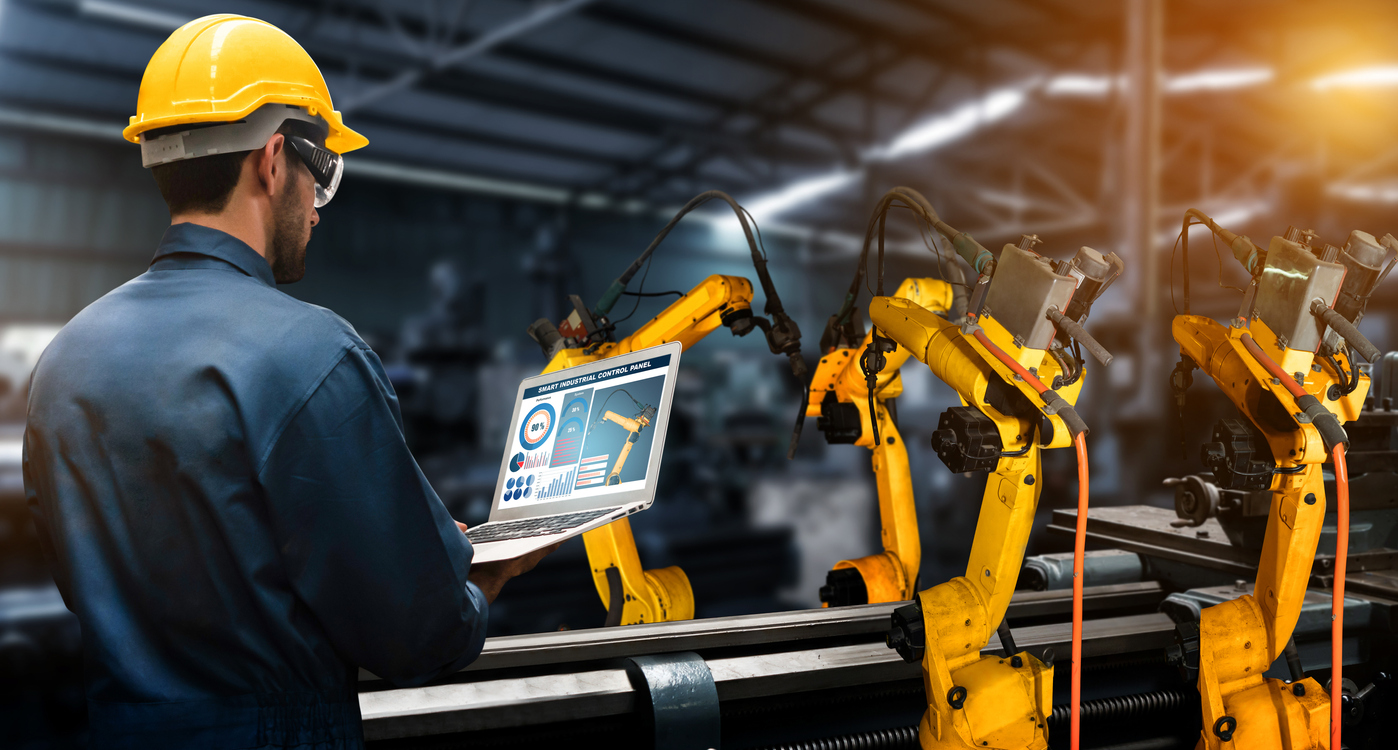BehrTech Blog
4 Best Practices in Industrial IoT Architecture
The Industrial IoT architecture is made of numerous elements from sensors, connectivity and gateways to device management and application platforms. Assembling these different moving parts might seem daunting, especially for companies who are just at the outset of their IIoT initiative. On top of that, industrial applications entail unique requirements and challenges that need to be addressed tactfully.
The good news is that emerging tools and developments are helping simplify and streamline the process of establishing a viable IIoT architecture. As the IIoT landscape continues to evolve in 2020, here are four best practices tech leaders should consider when architecting their next industrial IoT architecture.
1. Hardware Rapid Prototyping
In the industrial world, the challenge of IoT hardware design lies in the bewildering array of use case requirements. Take temperature sensors as a simple example. Depending on criteria like accuracy, temperature range, response time and stability, there could be hundreds of available sensors to choose from. Most likely, there won’t be an out-of-the-box wireless sensor out there that fully meets your or your client’s specific needs. And that’s where IoT rapid prototyping comes in.
Hardware prototyping standards like mikroBUS allow you to build a customized IoT device prototype in a matter of a few hours and with efficient resources. From a broad portfolio of ready-to-use, compatible sensor, interface and wireless modules as well as compilers and development boards, you can create the optimal hardware mix-and-match that caters to your industrial use case. With rapid prototyping, companies can ratify the technical and business viability of their IIoT solution in a cost-effective and agile fashion, which lays the cornerstone for a successful roll-out.
2. Retrofit Wireless Connectivity
An average factory operates with legacy industrial systems that are nowhere near being connected. While these systems employ a number of proprietary communication protocols for automation purposes, data is captive within discrete control loops, creating numerous data silos on the factory floor. The lack of interoperability among these protocols further hinders the implementation of a factory-wide monitoring and control network.
Emerging retrofit wireless connectivity is critical to an industrial IoT architecture as it enables manufacturers to connect and acquire data from their legacy assets and systems in a simple and cost-effective manner – without costly production downtime and invasive hardware changes. Through the use of an integration platform, operational data can be fetched from controllers through wired-based serial and other industrial protocols, then forwarded to a remote control center using long-range wireless connectivity.
3. Software-Defined Radio
As no wireless solution is use-case agnostic, a typical IIoT architecture is likely to incorporate multiple radio protocols and standards. Plus, many industrial facilities today have already implemented wireless networks (e.g. Wi-Fi, WirelessHART…) to a certain extent, and look to deploy new types of connectivity to tap into other high-value use cases. Thus, it’s critical to create an efficient and backward-compatible IIoT architecture that can accommodate the co-existence of different wireless technologies, which is why software-defined radio (SDR) is gaining momentum.
SDR refers to a radio communication method where the majority of signal processing is done using software, as opposed to the traditional hardware-driven approach. IoT gateways leveraging SDR can incorporate and decode different protocols concurrently to reduce infrastructure cost and complexity. What’s more, adjustments or additions of new wireless solutions to the architecture can be achieved with simple software updates. This allows companies to dynamically adapt to future operational and technological changes while continuing to support legacy wireless devices in the field.
4. Portable, Container-Based IIoT Platform Design
Depending on criteria like security, reliability, data ownership and costs, companies need to choose among an on-premises, public or private cloud deployment, or even a hybrid approach. As the industrial IoT use cases and architecture scale, the decision on the deployment model and/or cloud vendor is subject to change as well.
In this context, an IIoT platform, typically a device management platform, that comes with a portable, container-based design renders industrial users with full flexibility in selecting their preferred backend environment. At the same time, it enables a simple migration to another server as needed without compromising the consistency or functionality of the application. The idea of a container-based design is that individual applications are packaged and delivered within discrete, standardized containers called Docker. With this modular architecture, users can decide which specific platform functions/ applications they want to use and where to deploy them. Thanks to its flexibility and portability, the container-based design facilitates an interoperable and future-proof IIoT architecture that keeps up with the industry’s dynamic needs.
Subscribe to Our Monthly Blog Roundup
